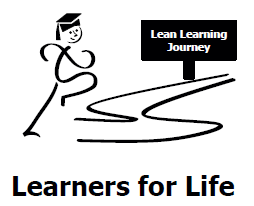People – Lean Transformation Framework

Watch the Teach Point Video on the People aspects of the Lean Transformation Framework

Key Learning Points – People
Role & Responsibility of Everyone
Each of the elements shown are an ideal state. A standard to achieve for the way we should act, think and behave to get the best from lean thinking and practice. We believe each element needs to be present.
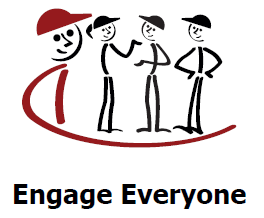
It is not a set of principles and practices for a few “experts” in an organisation. The people “doing the work” need to be supported by their leadership to involve them in identifying & solving problems that support the value driven purpose. Commitment is requied on all levels. Only by everyone doing and improving the work do we get involvement.
We Engage Everyone by involving them in Teamwork
Structured teamworking enables people to become self reliant in problem solving and continuous improvement. To support this thinking the people doing the work should be described respectfully as “Team Members” rather than employees, operators, workers or staff.
A lean organisation realises it can achieve more value for the customer by people working together. Together Everyone Achieves More – TEAM!
Teamwork, like so many elements of lean thinking is fractal – teamwork can be in a team, between departments, between sites and across organisations in a value stream.
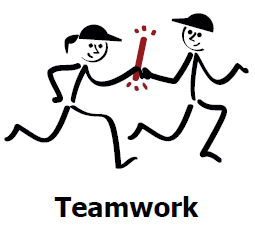

Good teamworking requires individuals to Take Ownership. Each of us are responsible and accountable for our performance – not relying or waiting for others to, but getting on and doing it ourseleves.
Leaders Teach & Coach
Leaders must take ownership for developing people to do and improve the work. They cannot leave this to those outside their team or organisation, otherwise the day-to-day activities and behaviours will not become embedded into the culture.
Leadership sets the tone of the organisation. They must plan to develop themseleves and others. All of us can be leaders though – we can all start by developing ourselves and taking ownership!
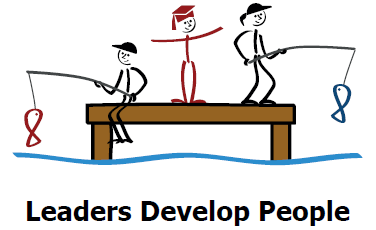
People development activities need to planned around developing skill (rather than one off training activities) and should be focused around identifying and solving the real business problems that contribute to the value driven purpose. Development is not a classroom activity, but a practical process.

Making improvements means we need to challenge the way we do things today. We should strive to make the work easier and drive improvement & innovation.
Every effort must be made to understand each others point of view and respecting their opinion.
Using facts and data to verify opinions can often be a good way to respectfully challenge. Respectfully challenging the situation also requires us to be open and honest in our communication with each other.
Being open and honest with communication, but without blame is one of the ways we can build trust and a physical/mental safe working environment.
There is no place for blame when solving problems. A bad process will beat a good person every time.
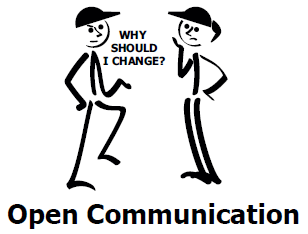
Creating the Right Culture
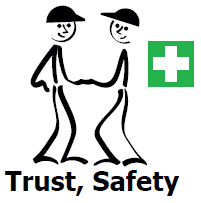
Trust is built when the leaders set clear expectations on the required activities & behaviours expected.
They must however, support and hold people accountable to these expectations through teaching & coaching, recognising and giving constructive feedback.
This enables the organisation to create the right culture.
All of us must be impatient for action to achieve our short term goals, whilst recognising that having a long term perspective gives us the best results. Achieving the right pace is critical when applying Lean thinking and practice. A balance going too fast versus too slow.
Going too fast – leads to the changes in activities and behaviours not being embedded in the culture versus being too slow – where people lose the motivation and momentum to make the change happen.

Learn By Doing

We cannot be passive. Knowledge and understanding of Lean thinking and practice is necessary. But, it is only a “learn by doing” approach that changes our underlying thinking.
With Lean it is easier to act your way to a new way of thinking, rather than think your way to a new way of acting.
After any improvement activity we should always ask the question “What did we learn?” – so a deeper reflection can be carried out. Having the “Humility to learn” is a critical aspect when applying lean thinking and practice. There is always a better way.
Leaders should learn together with their team members as they progress on their lean journey. Through learning by doing, each of us can be “learners for life.” Everyday can be a school day!
